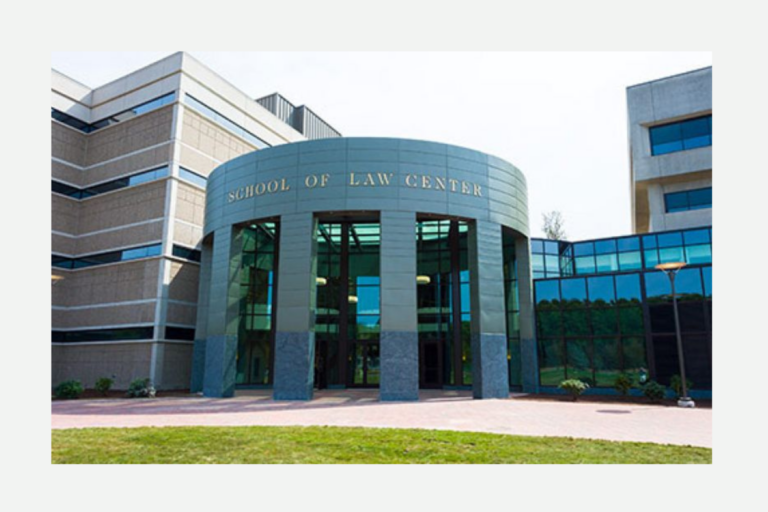The test-takers have spoken, and they are all over the map.
The inaugural administration of the digital LSAT is in the books and Kaplan Test Prep — which has been preparing prospective law school students for the transition since it was announced last year — polled the first test takers on their experiences.
Based on a survey of 118 Kaplan students who took the LSAT in its new format (half of test takers that day were assigned to take the exam in its now retired paper-and-pencil format), 37 percent say the overall difficulty of the digital exam was easier than they anticipated; 32 percent say it was harder than they anticipated; and 31 percent say it was about what they anticipated.
It was quite the change, mind you. The LSAT had been done on paper and pencil for more than 70 years. Name a lawyer. He or she took it that way.
While overall results were somewhat mixed, digital LSAT takers were more conclusive when specifically asked about technological aspects of the exam like touch-activated page turning, stylus functionality, and time keeping. Seventeen percent rate this experience as “very good’; 36 percent describe it as “good”; 30 percent call it “fair”; 14 percent, “poor”; and 3 percent say it is “very poor.”
While marks were generally positive for technology, some students called out specific challenges they faced, the test prep company reported. The most commonly cited issue was with the stylus, with one student saying, “The only thing that was really annoying was the highlighting/underlining interface. I kept underlining or highlighting things that I didn’t mean to, or undoing my earlier annotations when I accidentally highlighted more than I needed to. It was hard to control how much I was highlighting and time consuming to highlight individual words or select phrases.”
Other students also described the stylus as “sensitive.”
According to the Law School Admission Council, the makers of the LSAT, over 99 percent of test takers who were registered at digital test centers were able to complete the July exam. The test makers says it “won’t be satisfied until that number is 100%.” At two digital testing sites, both in Florida, the exam had to be rescheduled because of tablet-related issues.
“There is always some uncertainty with a test change of this magnitude, which explains why 58 percent of our students overall were hoping to take the exam in its now defunct paper-and-pencil format,” aid Anthony Coloca, director of pre-law programs, Kaplan Test Prep. “Overall, our students cited they were well-prepared with the practice and instruction we provided them and they largely faced the changes in stride. We know the test maker is listening to what pre-law students are saying and we’re confident they will make some adjustments to give students an even more seamless test taking experience,”
The next LSAT, which will be given in September, will only be administered in a digital format.
Kaplan’s e-survey was conducted in July 2019 and includes responses from 118 students who prepared for the LSAT with a Kaplan course and were assigned to take the digital LSAT. Percentages were rounded up to the nearest whole number.







